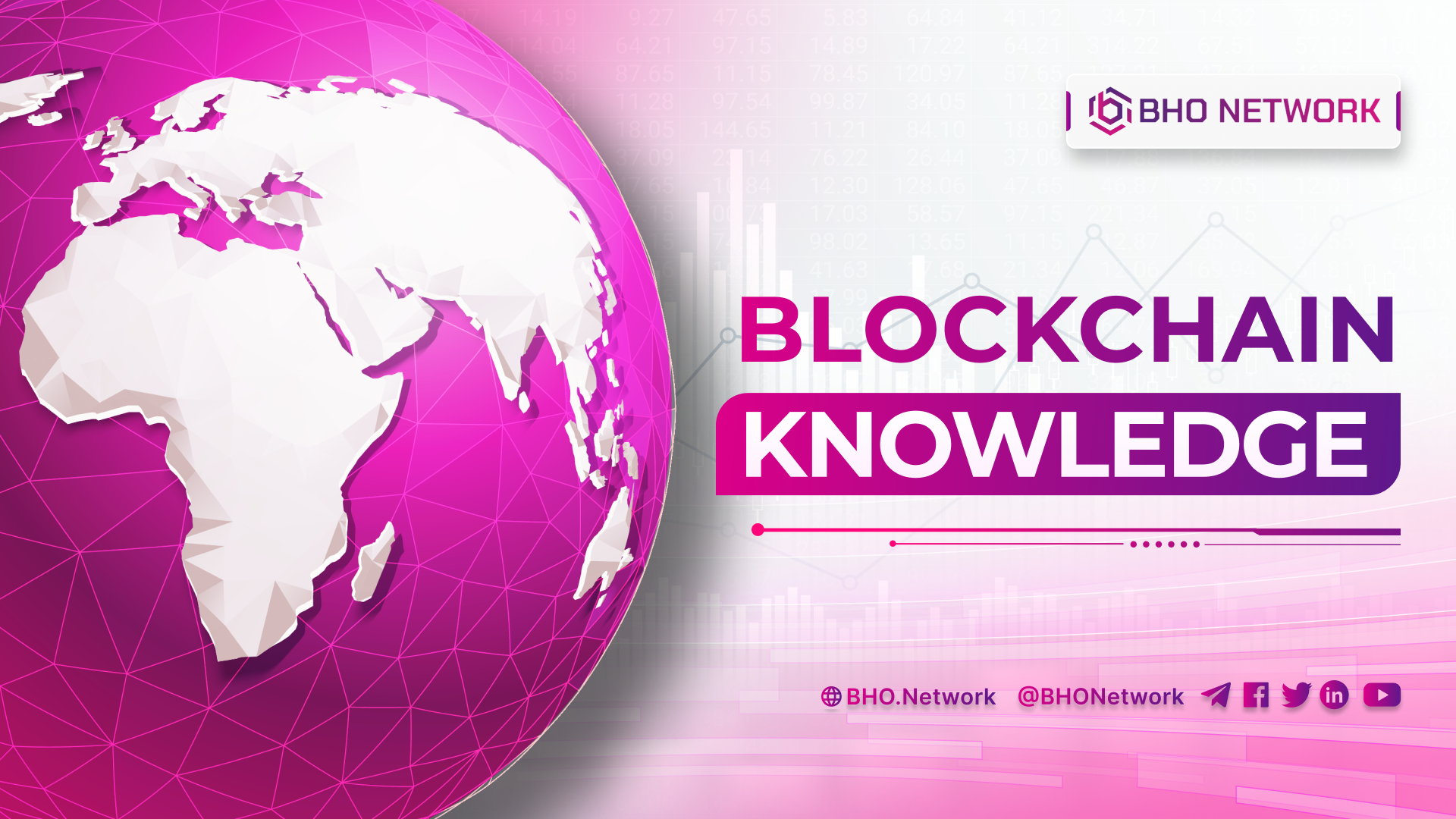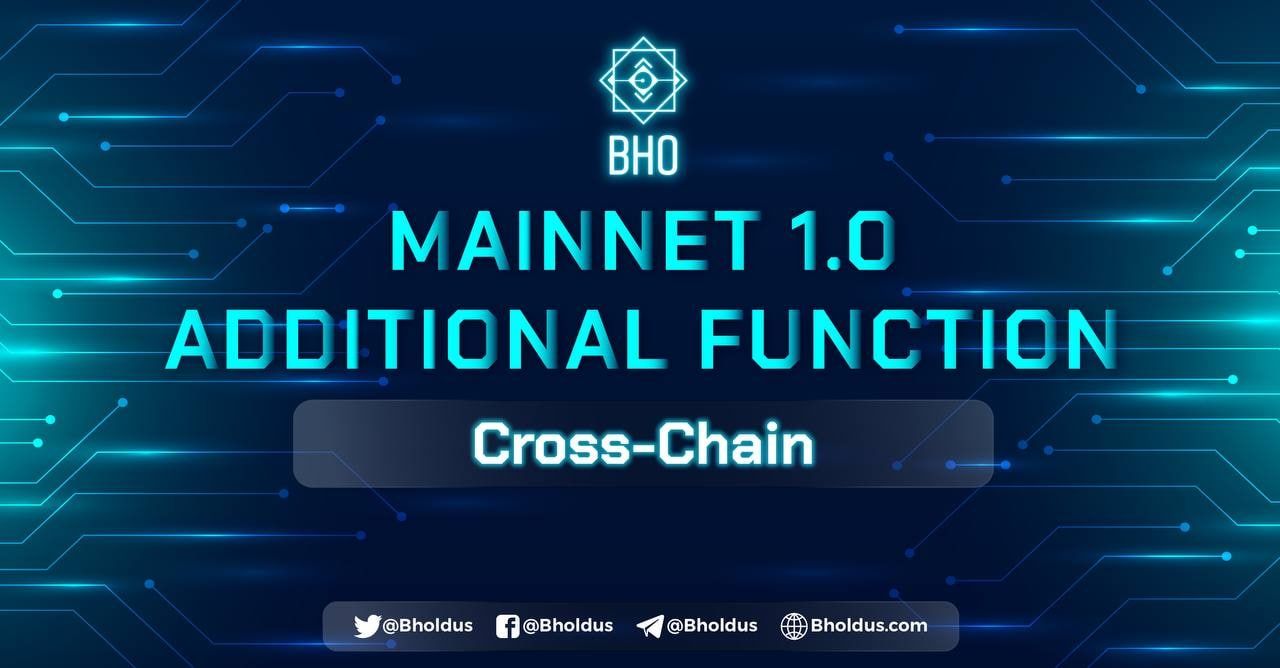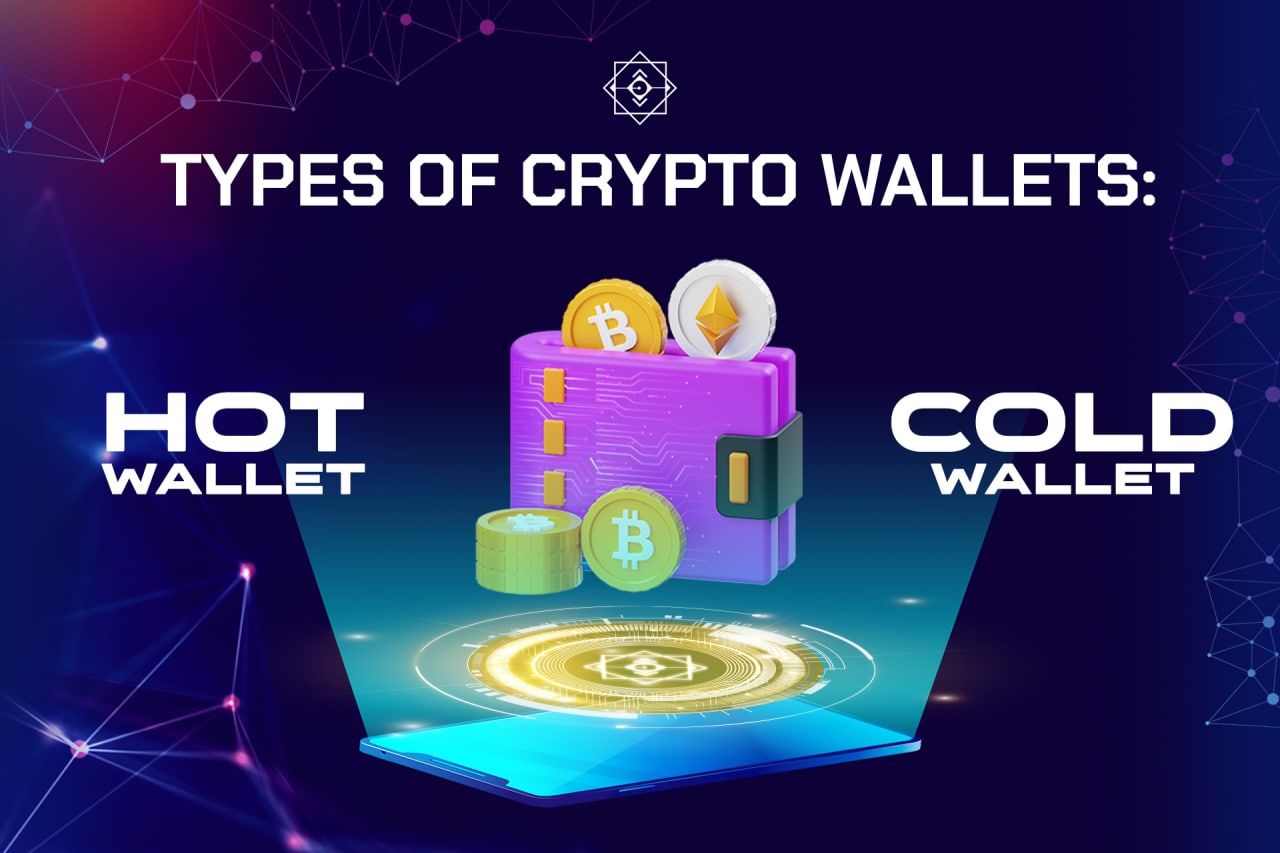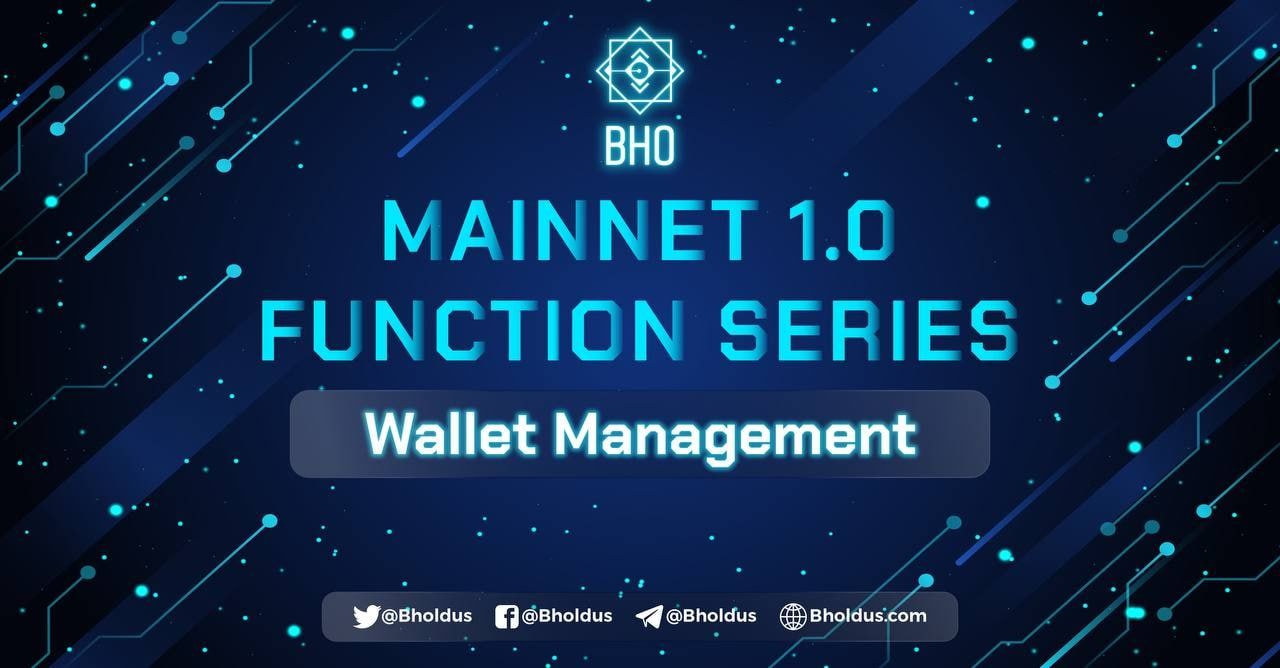- Blog
- Crypto News
- Crypto ecosystem: Basic knowledge in 2022
Crypto ecosystem: Basic knowledge in 2022
- 1. What is Crypto Ecosystem? What are the required elements?
- 2. Why does Blockchain build Crypto ecosystems?
- 3. TOP 10 most prominent Crypto ecosystems today
- 3.1 Ethereum
- 3.2 Binance Smart Chain (BSC)
- 3.3 Terra
- 3.4 Flow
- 3.5 Celo
- 3.6 Solana
- 3.7 Avalanche
- 3.8 Polkadot
- 4. What are the components of the Crypto ecosystem?
- 4.1 Crypto exchanges
- 4.2 Crypto hardware wallet
- 4.3 Blockchain Protocols
- 4.4 DeFi Financial Services
- 4.5 Crypto regulation Cryptocurrency regulation
- 4.6 Communication plan, Crypto conference
- 4.7 Data Aggregators and Blockchain Analysts
The Crypto ecosystem is one of the most critical factors in this market because it directly affects the growth and potential of a coin built on that ecosystem. So what is the Crypto ecosystem? Who are the potential ecosystem names in 2022? Let's explore more with BHO Network in this article!
1. What is Crypto Ecosystem? What are the required elements?
Currently, Blockchain is widely applied in all fields. At the same time, it affirms its strength in information security and storage, maintaining the transparency of all transactions.
The amount of information about users increases with the growth and expansion of this new technology. Since then, Blockchains have arisen the need to build their ecosystems to attract capital from traditional industries and preserve the available user groups.
So what is the ecosystem in Crypto? A Crypto ecosystem is a system of products closely linked to a Blockchain. Each Blockchain's role is a company with its infrastructure that simultaneously serves the development of itself and the system.
To complete an ecosystem, each Blockchain needs to have the following product groups:
- Transactions & Payment Services: This product group satisfies the essential needs of a Blockchain, which includes Tokens, wallets, and smart contracts.
- Defi (decentralized finance): This is the most focused product group. Defi helps users make transactions, borrow, and save directly without intermediaries. The Defi group includes Stablecoins, DEX exchanges, Lending/Borrowing, Synthetic coins, etc.
- Social & Entertainment: This group currently includes digital assets. NFT, games, gambling activities,...
- Enterprise Blockchain Solutions (Blockchain application in practice): Can include real-life areas where Blockchain is used, such as finance, education, healthcare, and supply logistics.
2. Why does Blockchain build Crypto ecosystems?
Think of the large ecosystems of Apple, Google, Vingroup, etc., where customers are satisfied with a system of synchronous and diversified products and services, becoming loyal, and do not want to change or try another ecosystem.
Similarly, the Crypto ecosystem offers dual benefits to its users and Blockchain. Users are served comprehensively with convenient products, closely linked to meet all needs around Crypto.
Thanks to Crypto ecosystems, Blockchains increase the ability to scale, creating a solid value chain. At the same time, Blockchain benefits from the available infrastructure and user data.
Above all, a project with a complete Crypto ecosystem will be able to retain users with Blockchain, reduce losses, and create a premise to focus on improving and expanding the system.
3. TOP 10 most prominent Crypto ecosystems today
The two most prominent ecosystems today are Ethereum and Binance Smart Chain. Besides, Solana, Avalanche, and Polkadot are also rising stars. Explore potential Crypto Ecosystems with
3.1 Ethereum
At the end of 2013, Vitalik Buterin mentioned Ethereum in a document about building a decentralized application. In early 2014, the Ethereum project was officially developed by the NGO Ethereum Foundation. The Ethereum blockchain was formally launched on July 30, 2015.
Ethereum is an open-source platform using Blockchain technology. This decentralized system (de fiat) with an intelligent contract function (Smart Contract) makes financial transactions fully verified and stored by software without going through a third party.
Ethereum is almost complete, reaching the top of the most successful ecosystem in the Crypto market. The components of the Crypto Ethereum ecosystem can be mentioned: Defi, Centralized Exchanges, Scaling, NFT, Infrastructure, Data/Analytics, Auditors, Corporate Testing, and Events.
3.2 Binance Smart Chain (BSC)
In 2019, Binance launched Binance Chain, focusing mainly on converting and trading Blockchain assets. In April 2020, the team created another Blockchain that runs parallel with Binance Chain, Binance Smart Chain (BSC).
BSC is built on Ethereum's EVM (Ethereum Virtual Machine) mechanism and PoSA (Proof of Staked Authority) consensus mechanism, running parallel with the Binance Chain platform.
BSC allows users to take advantage of both the trading capabilities on Binance Chain and smart contract functionality on Ethereum at its best. As a result, projects built on Ethereum can easily migrate to BSC.
Until now, there are more than 200 projects in the Crypto ecosystem. Applications built on the BSC ecosystem include Infrastructure & Tooling, Defi (AMM-DEX, Lending & Borrowing, Yield, Stablecoin, Insurance, IDO/Laundpad), NFT, GameFi & Metaverse.
3.3 Terra
Terra is a Blockchain created by Terraform Labs based in Korea. Terra started development in January 2018 and was officially launched in April 2019.
Terra is a decentralized financial network that rebuilds the traditional payment system on the Blockchain. Terra provides a mechanism to ensure the price stability of Stablecoins, widely accepting fiat currencies with Bitcoin's censorship resistance.
The Crypto Terra ecosystem components include AMM-DEX, Lending, Yield Farming, Launchpad, Insurance, Infrastructure/Data, Synthetic Assets, Wallet, and Saving/Payment. Some of the applications provided by Terra are Pay with Kash, LoTerra, Alice Finance, Spar Protocol, etc.
More than 70 projects are currently built and developed on Terra's ecosystem. Although the number of projects built on the Terra ecosystem is relatively small compared to other Layer 1 Blockchains such as Bitcoin and Ethereum, Terra has successfully established its position in the Defi world by focusing on Stablecoins.
3.4 Flow
In 2017, Dapper Labs released the NFT Cryptokitties game. The game's success clogged Ethereum's network, pushing Ethereum's transaction fees higher and higher. Therefore, Dapper Labs continued to launch the Crypto Flow ecosystem in October 2020. The Flow ecosystem focuses on DApps with high applicability in music, art, and games.
Some unique products of Flow Blockchain are Cadence, Flow Playground, Flow JavaScript SDK, and Flow Go SDK. The Flow ecosystem includes some typical components: Defi (AMM-DEX, Lending-Borrowing, Stablecoin), Infrastructure (Oracle, Wallet, Explore), NFT, Games, and Collectibles.
3.5 Celo
22/02/2020, the official main net of Celo is launched. Until now, Celo has supported over 1000 projects from about 100 countries worldwide.
Celo is a decentralized Blockchain platform built with a PoS consensus mechanism and compatible with Ethereum's virtual machine. This allows DApps built on top of Ethereum to be easily deployed and operated on Celo.
This is also the first open Blockchain platform for mobile devices (Mobile Blockchain) in the Crypto market. There have been more than 113 projects built on Celo's ecosystem, including some outstanding products that help manage assets and provide liquidity, such as Valora, Celo Wallet, UbeSwap, and Moola.
This is a relatively new ecosystem in the process of being completed with some unique components such as AMM-DEX, Lending & Borrowing, Bridge, NFTs/Gaming, Launchpad, Infrastructure/Data, and Wallet.
3.6 Solana
Solana was created in 2017 by Anatoly Yakovenko, current Solana board member and Chief Operating Officer Raj Gokal.
Solana is an open-source, public Blockchain that supports smart contracts, including NFTs and decentralized applications (DApps). Derived from the Solana Blockchain is an SOL token that provides network security through staking as a value transfer.
There are about 900 projects with many significant partners built on Solana's ecosystem in various fields such as Serum, Raydium, Audius, The Graph, etc. Some outstanding ingredients contribute to the development. Solana Ecosystem: AMM-DEX, Lending & Borrowing, Insurance, Wallet, Stablecoin, Oracles, NFTs, IDO Platform, Infrastructure.
3.7 Avalanche
Avalanche (AVAX) is a Blockchain platform that competes with Ethereum. AVAX is the native token of the Avalanche Blockchain, just like Ethereum. The Avalanche blockchain can provide near-instant transaction completion. AVAX is used to pay transaction processing fees and secure the Avalanche network. AVAX acts as the basic unit of account between Blockchains in the Avalanche network.
It can be seen that the Avalanche ecosystem is almost completing its pieces, with more than 150 projects being built on the ecosystem. Components of the Crypto Avalanche ecosystem: Infrastructure, Tooling, Oracle, AMM-DEX, Defi, NFT, Game.
3.8 Polkadot
Polkadot is an open-source, Blockchain and cryptocurrency platform that enables distributed computing. The network uses a proof-of-stake consensus algorithm. The protocol used, Blind Assignment for Blockchain Extension (BABE), is derived from Ouroboros.
Ethereum co-founder Gavin Wood governs the protocol. Web3 Foundation made it with initial implementation by Parity Technologies. In June 2021, Coinbase added Polkadot to its cryptocurrency trading platform.
Polkadot's first token sale ended on October 27, 2017. The result raised 485,331 ETH (Ether- the currency of the Blockchain that allows building DApps, cross-chain by using the Polkadot Ethereum network). Polkadot allows the cross-chain transfer of data or assets between different blockchains.
NEAR ecosystem is gradually perfecting with AMM-DEX, IDO Platform, Stablecoin, Lending & Borrowing, NFTs, DAO, Oracle, and Gaming.
4. What are the components of the Crypto ecosystem?
4.1 Crypto exchanges
Cryptocurrency exchanges allow customers to trade Crypto for other assets, such as regular fiat money or other digital currencies. Exchanges can accept credit cards, bank transfers, or other forms of payment in exchange for Crypto.
Some exchanges also focus on other assets such as stocks, such as Robinhood and eToro, allowing users to buy but not withdraw Crypto. However, dedicated crypto exchanges like Binance and Coinbase will allow cryptocurrency withdrawals.
4.2 Crypto hardware wallet
It is a physical device, about the thumb size, that stores private keys for Crypto. Most people do not use hardware wallets because of their increasing complexity and cost.
But wallets also have some benefits: they can keep your Crypto safe even if your computer is hacked. However, this enhanced security feature means a relatively high wallet price. The two most famous hardware wallet brands today are Ledger and Trezor.
4.3 Blockchain Protocols
In computer programming, protocols are standardized rules that dictate what a system should or shouldn't do. Thus, in Blockchain, Blockchain protocols are a set of codes or requirements that govern how a Blockchain works.
A Blockchain protocol can set a series of rules, such as the interface of the Blockchain, the interaction of the participating computers, the type of data that should be shared, and the incentives available to participating developers, networks, etc.
Current Blockchain protocols can be classified into three layers:
- Layer 1: This layer refers to the underlying system of a Blockchain protocol.
- Layer 2: This layer builds on Layer 1 and mainly addresses speed and scalability issues.
- Layer 3: This layer handles the adoption and implementation of a Blockchain protocol. Many decentralized applications are third-layer protocols. Examples include decentralized finance (Defi) platforms Uniswap, PancakeSwap, and NFT marketplace NBA Top Shot.
Due to the popularity of Crypto, many Blockchain companies are now building on existing protocol layers to solve problems in their systems. Some Blockchain protocols now offer up to five protocol layers for maximum scalability.
4.4 DeFi Financial Services
As consumers become increasingly active online, the digital universe spawns scammers. With Blockchain technology, this concern can be alleviated. Blockchain's payments and transfers are faster and easier to track than traditional banking.
Blockchain can make the financial services industry more transparent because users perform operations on a public ledger. In traditional finance, severe economic losses are sometimes caused by reckless behavior or malicious actors.
Blockchain technology and AI can significantly mitigate this risk to monitor and manage risk with high accuracy. Finally, as investors gradually move away from financial advisors to avoid high fees, Blockchain provides an opportunity for users to benefit from the lower costs associated with traditional financial services.
4.5 Crypto regulation Cryptocurrency regulation
It can be controversial, but many experts say crypto investors should welcome it. More regulation can mean more stability in a notoriously volatile crypto market. That will help protect investors.
4.6 Communication plan, Crypto conference
Due to the increasingly strong development of Crypto, the demand for communication and promotion activities for Blockchain projects is increasingly popular. The Crypto Ecosystem also provides a marketplace for the media and hosts conferences for investors.
4.7 Data Aggregators and Blockchain Analysts
Data Aggregators now use an API access approach, in which banks and data aggregators share information through a single feed of live data and tech support.
The data collected from someone's financial information from different bank accounts, credit cards, and investment accounts will be processed and formatted to be included in Fintech applications. This allows someone to split the bill with a friend or set a financial goal.
Blockchain analytics is the process of examining, defining, clustering, modeling, and visual representation of data on a cryptographically distributed ledger known as the Blockchain. Blockchain analysis aims to uncover helpful information about the various transaction factors in cryptocurrencies.
Blockchain technology can help aggregators manage data in four key areas: security, privacy, analytics, and audibility.
Blockchains store data in a decentralized, tamper-proof way, thus enhancing security. When configured correctly, Blockchains enhance privacy by allowing data to be stored, shared, and analyzed without revealing its contents.
Crypto ecosystem will have both high practical applicability and overcome the problems of existing ecosystems. This article is the most overview information about the ecosystem in the Crypto market, providing knowledge to support the investment decision of Crypto holders. Please visit the Website: https://bho.network to learn more information about the cryptocurrency market.
Published on January 02, 2022
Tagged topics







